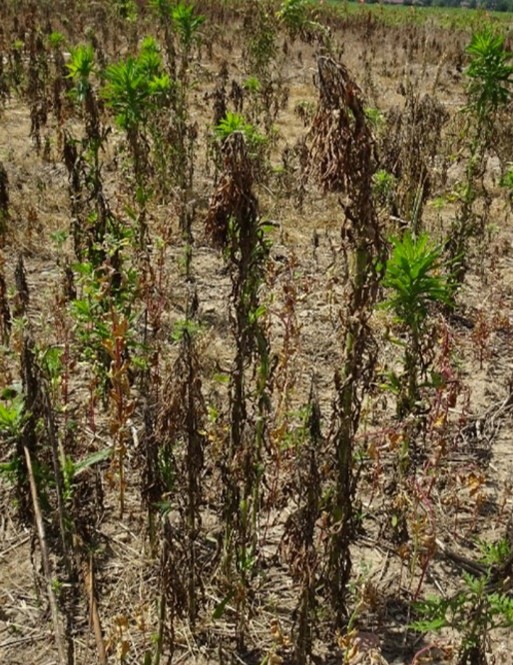If I were to ask the question, “What are the two largest management factors that come to mind when you hear soybean management factors?” What would your answer be? For myself, the top two things that come to mind are early planting date (late March and April) and herbicide resistance.
Early planting date has arguably been the biggest soybean yield driver because of the increased number of days before the plant starts to flower. This allows... Read More →
ILSOYADVISOR POST
Three Tips for Successful No-Till
December 28, 2020
2021 could bring a lot of discussion about increasing the number of soybean acres because of profitability factors, logistics, etc. This change in crop rotation could allow for a large percentage of soybeans being no-tilled across Illinois. No-till has several great value points. However, if you don’t do your homework, this practice could result in added challenges and the potential that you don’t no-till soybeans again. Below are three areas to spend some time this winter researching to ensure no-till soybeans are successful for you.
1. Stand Establishment
a. Seed To Soil Contact:
i. Challenge: No-till soils tend to stay wetter and cooler in the spring.
ii. Solutions: Wait until soil is fit to plant. Monitor furrows closely while planting. Don’t plant into cool or wet trends (monitor the 7- to 10-day forecast). Knowing your planting equipment and having all maintenance completed and field ready can help you go when conditions are right.
b. Seedling Disease:
i. Challenge: No-till soils tend to stay wetter and cooler in the spring.
ii. Solutions: Be prepared to proactively treat seed for broad-spectrum pests. Not all seed treatments are created equal, so do your homework and know what you’re buying and the level of protection you will have.

growth regulator in burndown
a. Burndown: Too often in the spring, no-till fields will start to have marestail regrowth appear. With limited investigation one can determine that the burndown was relying 100% on glyphosate to take down this weed. A successful burndown MUST have a growth regulator product in the tank during an application to control marestail. If not, you will be battling this strong weed all season long.
b. Residual: A strong residual is recommended to help control a broad spectrum of grasses and broadleaf weeds. When developing your herbicide program, determine the residual effectiveness on both small-seeded and large-seeded broadleaf plants. Tillage, or the lack of tillage, can have an influence on what type of weeds a field could struggle to fight. This information will help you select the right product.
3. Seed Selection
a. Review rating for no-till adaptability
b. Review rating for disease tolerance
c. Review ratings for plant canopy type (slender, medium bush, bushy)
i. Will this type complement the row configuration to maximize canopy and photosynthesis?





Comments
Add new comment